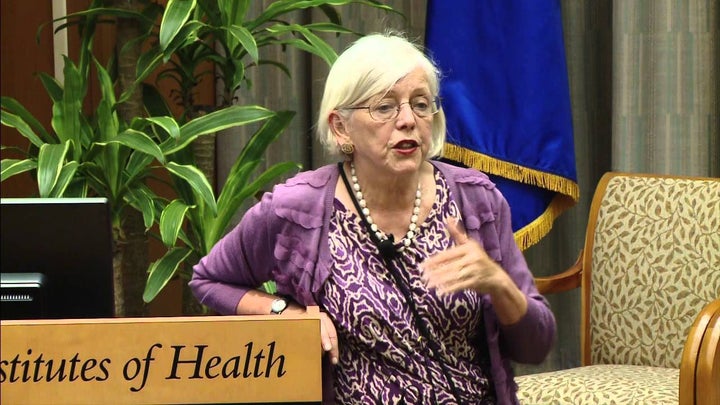
Josephine Briggs, MD, NCCIH leader at work at the NIH
Dear Josie, a.k.a. NCCIH Director Emeritus:
I address you familiarly now. This is a decade after long-timers in the culture clashes of alternative medicine with medicine’s dominant school discovered that an unknown to us named Josephine Briggs, MD had been selected to fill a powerful position in our lives. You became the most influential arbiter of the scientific and budgetary questions that would shape the future of integrative health and medicine research for the licensed “CAM” and integrative fields.
If knowledge and experience in a field is part of an applicant’s CV, yours should have been round-filed. But the dominant medical system’s relationship with the consumer insurgency for healthcare alternatives - and the Congressionally-backed beachhead for popular interest then called the National Center for Complementary and Integrative Health (NCCIH) - had always been adversarial. For the second time since Congress created the agency in 1998, we felt the slap in the face of an appointment of a director ignorant to the practices and whole person approaches in the world we inhabited. The news felt like peasants in a past-times must have with the arrival of a foreign overlord.
I wrote an Open Letter to you then. I titled it with a Britany Spears song then popular: Oops They Did It Again. I gave you some ideas about how to make up your deficits. That was the beginning of our relationship.
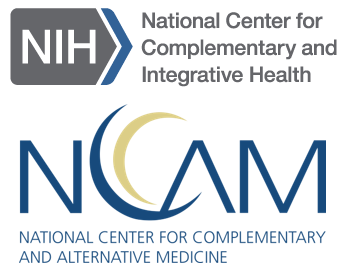
Now, ten year later, you have stepped down – or rather up, into an Emeritus role – at the agency you transited in name from NCCAM to the National Center for Complementary and Integrative Health (NCCIH). You have done a terrific job of softening the imperiousness of the NIH to those not born or bred into its class and customs.
You have been very good at relationships.
You met with me, two months after my public missive challenged you and we began our conversation about things like “presenteeism” and employer perspectives and “real world research.” You met with the homeopaths, who sent their best scientists from both sides of the Atlantic. You met with delegations from multiple other professions. And you met with representatives of “polarization based medicine,” those medical reactionaries who would have liked to obliterate the homeopaths along with the naturopaths and “quackademic” medical doctors in a rash of scientific cleansing. They also wanted to rip the funding from your office, shut its doors, and essentially have your head. I have been told they had their sympathizers inside NIH. You met with the terrorists in our domain.
Your relationship-centered approach to the NCCIH directorship
You invested in opening channels.
You traveled to keynote annual conferences for chiropractors, naturopaths, acupuncturists, massage therapists, yoga therapists, and of course, the academic integrative MDs from your own tribe. One evening at one such conference of massage researchers in Seattle in 2010, I had a chance to co-host with Diana Thompson, LMP, the conference chair, a reception for you in my home. We introduced you to Seattle’s robust “every category of provider” integrative community. I recall you conversing with the then medical director of Regence Blue Shield who had become a colleague and friend of many of us in Washington. This was a new sort of “real world” to you - far from the low integration and non-relationships in most parts of the US. What a continuous learning it must have been.

Your evolving face on the world at NCCAM-NCCIH 2008-2017
Then again, I can imagine the ways that ancient and existing antagonisms toward the dominant school of medicine and NIH’s reductive science must have frequently been fashioned into barbed queries at you at these scores of encounters.
But perhaps more important than these relationships was the remedial homework assignment you took on when you started at the agency. You chose to share with a packed banquet night room at the most significant global gathering of integrative medicine researchers in 2014 that you experientially bridged your ignorance with the fields you were to oversee. On taking your post, you began sampling treatments from body workers and acupuncturists, visited with an herbalist, experienced a naturopathic interview. You honored the fields with this exploration.
In these choices, you showed yourself both a curious scientist and a fine public servant. You diminished the estrangement between community and the NIH. Countless once estranged professionals discovered in this individual, Dr. Josephine Briggs, who had control over such millions and so much say over our futures, an approachable person who stood more on relationship than on ceremony: Josie Briggs.
Your responsiveness to community voices
The familiarity didn’t mean we always agreed with you! Nor that you yielded ground easily. Some of us found plenty to grouse about.
I recall our first intense hour in your office in March of 2008. I shared what I had learned out in the “real world” as a consultant and writer engaging questions about “CAM” with insurance executives, employers and those in hospital C-suites. They needed to know about costs and what would happen if they opened their doors to members of professions unknown to them. We began a dialogue and debate about what Congress meant in its 1998 mandate to NCCAM. Congress had repeatedly called for research on “modalities, systems and disciplines.” They asked for quick guidance on how to integrate these into health systems.
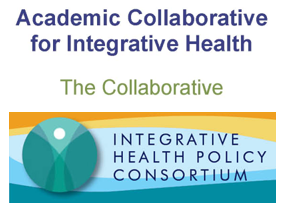
Two strong voices on the strategic plan
Our dialogue peaked during the 1.5 years of public process for the first Josie Briggs-era 5-year Strategic Plan (2011-2015). We aggregated and made public letters to you from over a dozen parties – the Academic Collaborative for Integrative Health, Integrative Health Policy Consortium, American Holistic Medical Association, International Association of Yoga Therapists, American Association of Naturopathic Physicians, Massage Therapy Research Foundation and Academic Consortium for Integrative Medicine and Health and others. All called on the agency to “research the way we practice.” Look at the value of whole systems and multi-modality approaches! We know it’s challenging but it’s what we do! The emerging licensed “CAM” fields added a plea to invest in a sort of affirmative action in capacity building so that their formerly outsider schools, students, faculty and C-suites could have more incentive to become a part of the nation’s healthcare research endeavor.
The NCCAM 2011-2015 Strategic Plan was in many ways responsive. You elevated real world research. You honored the distinct wisdom of CAM providers in forming research questions. While you stopped short of prioritizing research on the multi-modal “whole systems” practices typical of integrative practices, in some 3-dozen places, the plan spoke of the importance of researching the impact of “disciplines” and not just therapies or modalities. (A direct commitment to investing in capacity building in the licensed CAM professions via research in their own institutions was notably missing.)
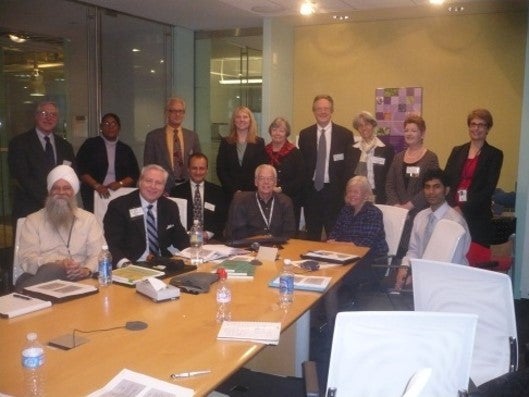
Your NCCIH team with the author and ACIH team shortly after the plan was released, February 2011
Your moves with NCCIH toward “real world research”
I haven’t yet the data I requested from your colleagues for this letter. I wanted to provide quantitative evidence of the types of research in which you have chosen to invest. Short of data - I can say that many of your actions in fulfillment of this real-world direction have been notable. They also evidence your relationship-centered approach.
You joined and assumed a leadership role with an NIH National Healthcare Systems Research Collaboratory that uses the nation’s managed care organizations as a platform for gathering data. (The irony of course is that their “real world” is one that cares little about and poorly covers integrative practices!) You began to highlight the pragmatic trials revolution stimulated through PCORI. You linked the core consumer interest in alternatives – relieving pain – to the nation’s opioid problems and chronic pain treatment crisis. You inserted NCCIH into the NIH-wide Pain Consortium, again taking a leadership role. Learning how the Department of Defense and Veteran’s Health Administration (VA) were taking leading roles in integrative practices, you piggy-backed onto that work. You invited the VA’s Tracy Gaudet, MD and former US Army Surgeon General Eric Schoomaker, MD, PhD onto your National Advisory Council. You had a lead, again, in creating an NIH-DoD-VA Pain Management Collaboratory.
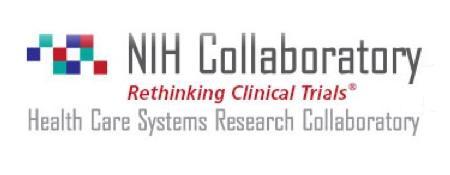
Briggs engaged the NCCIH
I understood these collaborative engagements as smart methods for strengthening the presence of your relatively little center inside the NIH behemoth and with other agencies though relationships, and associations. You brought complementary and integrative health into some larger tables. In my own work sphere with the Academic Collaborative for Integrative HealtH (ACIH), I was doing the same thing – working with colleague to get voices of the licensed “CAM” professions into the national dialogues on interprofessionalism, on primary care, on value-based medicine – and of course at NCCIH with you. These were great steps you made. Your strategy made political sense.
No “affirmative action” to advance research in the licensed CAM/integrative professions
Yet all along I wondered how porous you and your NCCIH were, amidst your listening, to the relatively outsider licensed “CAM” professions with which I was working.
Our “affirmative action” plea via ACIH fell on deaf ears. Grants to CAM schools, that counted at only 4.6% of gross agency revenues in from 1999-2010, dropped according to this ACIH research paper led by Martha Menard, PhD, LMT. Rather than investing in chiropractic, naturopathic, acupuncture and other natural health universities and colleges, you viewed the best investment possible in CAM researchers was to have them cross over and become researchers in a biomedical institution. This is classic brain drain. Nor did you re-up the powerful R-25 and “Reverse R-25” education grants that did so much to create relationships between biomedical institutions and CAM colleges and universities through implementing evidence-informed medicine curricula.
In fact, representation of researchers from these CAM professions on your NCCIH National Advisory Council dropped. Already down to roughly 28% (5/28) of the total when you took over - below the 50% that Congress mandated -- the representation dropped to as low as 2/18 before setting at 3/18 (17%) now. I know your lawyers have their own interpretation of Congressional intent - but some of us were close by when the mandate was drafted and remember the representation on the first panel!
Did I say I have had my places to grouse? The data I sought did not come to me prior to writing this on exact levels of investment in real world versus efficacy, on outcomes versus basic research – to see how well it matches up with the “1) outcomes 2) epidemiology 3) health services 4) clinical trials 5) basic research 6) other” prioritization in the Congressional mandate. How much has attention to the top 3 advanced since the non-compliant less than 2% for outcomes and health services research under your predecessor in 2006?
I cannot help but think how much more we would know now know about how these modalities, systems, and disciplines might contribute to our effort to have stronger patient experience, practitioner satisfaction, and cost savings in the movement from volume to value, had we been investing as Congress mandated. How much more would we already know about real world, non-pharmacologic contributions to pain treatment of acupuncturists, yoga therapists, massage therapists, chiropractors, naturopathic doctors and others? What was the opportunity cost of not doing what Congress prioritized - immediately elevated the research on these practices and practitioners that the public left regular medicine to explore?
I am told by many that the NIH culture would not allow it., Congress be damned.
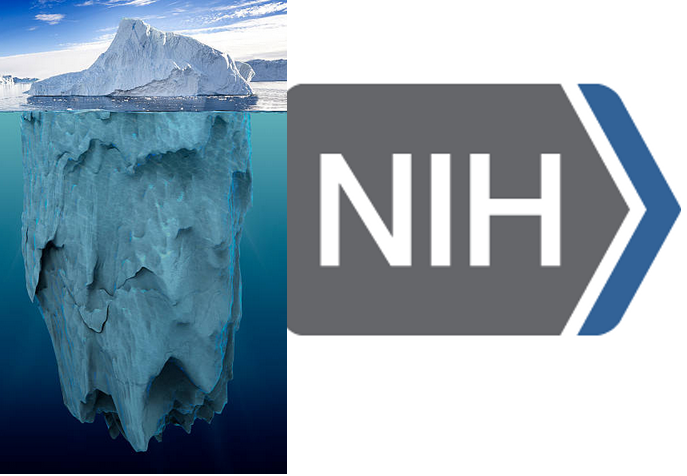
The challenge of change at the NIH
Your successes amidst the NIH’s conservative context
Still – while I grouse! - I can understand the value in your strategy - perhaps mainly because I cannot even begin to comprehend the challenges of drawing outside the lines at NIH. What you chose for foci may well have had more impact than the more radical shifts for research that many of us urged.
Culture of any sort is hard to change. The NIH’s icebergs within icebergs of immobility - with its billions closely corralled by a $3.3 trillion medical industry - is a tough playground for new directions. The NIH’s reductive bent in this world of ours in need of whole person and whole system solutions that reach into the body-mind and out to the determinants of health make it one of the biggest obstacles to actual health care in the US.
And there you were. You implanted the green shoot of “health” in the renaming of the agency to National Center for Complementary and Integrative Health (NCCIH).
With the strategy you chose, NCCIH contributions on your watch have been many. Your investment in mindfulness supported an emerging body of research advancing an integrative view of the whole human being. This is a step in the right direction. Your investment in research on pain advanced the science on the contribution of complementary and integrative practices and practitioners as non-pharmacologic parts of the emerging chronic pain strategy. You contributed to their elevation in multiple pain guidelines. Your term witnessed a powerful and not unrelated parallel growth of integrative practices in the conventional academic health centers.
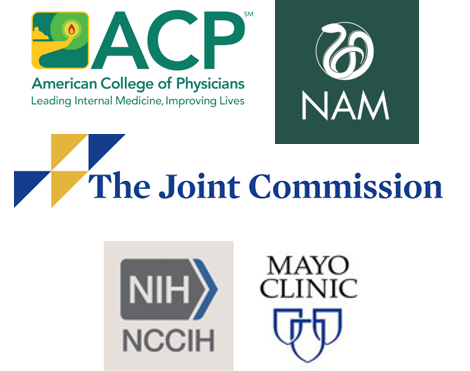
Your priorities for NCCIH’s funding influenced non-pharma elevation in pain guidances
Closing
Then, in the last week of your term in office, two classic Briggs-era moves. One was a call for proposals on behavioral interventions for opioid dependent population in the context of a partnership with SAMSHA. Again, here you were advancing in partnership, expanding NCCIH’s bandwidth, rather than in isolation.
The other announcement exemplifies - despite my grousing! - the open and affirming environment at your NCCIH relative to professionals from the licensed integrative health fields. Last year you empowered chiropractor Partap Khalsa, DC, PhD and naturopathic physician Wendy Weber, ND, PhD, MPH as part of an NCCIH staff team of co-authors to represent NCCIH in an influential Mayo Clinical Proceedings paper on integrative practices for pain. Now in a history-making last act, you notified the world that NCCIH’s new, acting deputy director would be Weber. This was a break of a glass ceiling at the NIH for the naturopathic profession and for members of any licensed “CAM” profession.
You once honored me with your own Open Letter, calling me “a provocative voice, but a welcome one” and adding: “I can’t imagine a better debating partner.”
As I reflect on the NCCAM-NCCIH Briggs Era (2008-2017), I can’t imagine who might have been a better director. There, between the rock of the NIH culture and the hard-place of the slow maturing of the licensed integrative health research infrastructure, you personally helped heal a chasm between the NIH and people from many professions who are now stepping into more important roles in healthcare research and delivery. Meantime, the research you prioritized in pain and mind-body is helping lay the foundation for a renewed strategy on chronic pain care in the US - and new views of clinical practice, and of the human being.
For all of this, and on behalf of many others in multiple professions and communities, I sincerely thank you for your contributions. Congratulations on your appointment as Director Emeritus. It’s been, on this end, also a provocative relationship! Best to you in your next steps. Let’s stay in touch.
In health,
John Weeks
